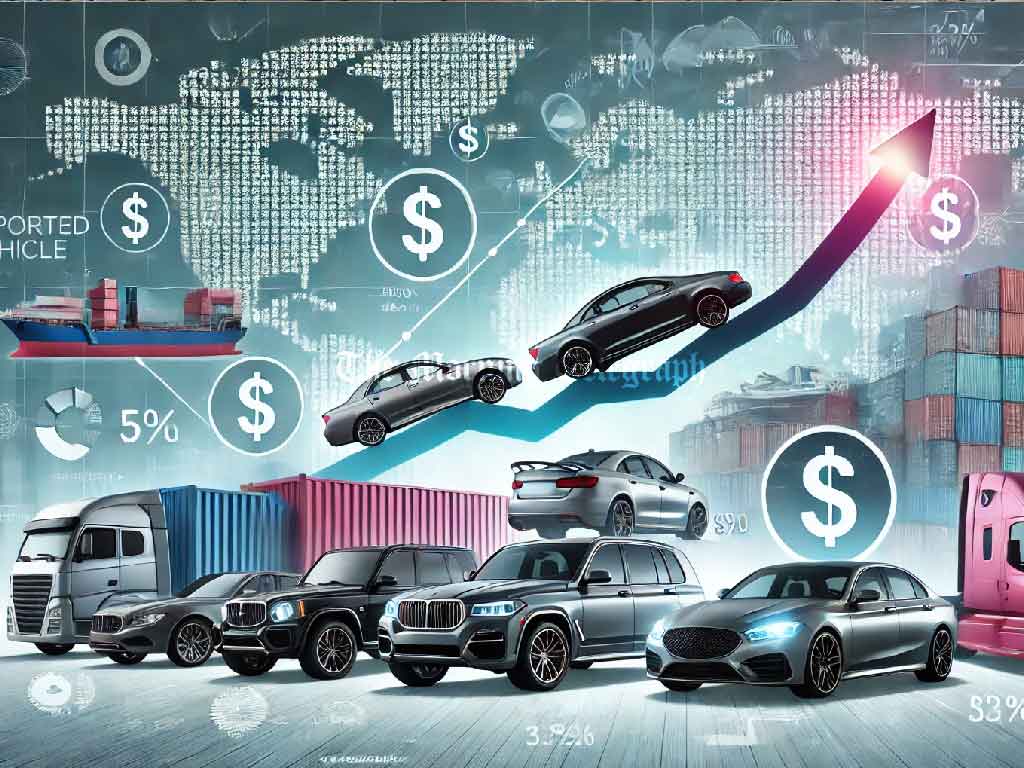
Imported vehicle prices in Sri Lanka have surged by up to 45%, with even the smallest vehicles seeing increases of 10 to 15 lakh rupees. This sharp rise is attributed to a combination of increased Excise (S.P.L.) tax, an 18% value-added tax (VAT), and a higher luxury tax driven by the exchange rate fluctuations.
Vehicle importers report that the tax on petrol vehicles with engine capacities below 1000 cc, which previously amounted to around Rs. 2 million, could now rise to Rs. 3.3–3.5 million. Similarly, vehicles with engine capacities exceeding 1000 cc are expected to face a tax increase of Rs. 1.5 million.
Further exacerbating the situation, the luxury tax, once applied to vehicles with engine capacities above 2000 and 2500 cc, will now affect vehicles with capacities over 1500 cc under the new regulations.
In addition to these tax hikes, new conditions imposed on vehicle importers are contributing to market challenges. Importers are now required to sell imported vehicles within three months, or face monthly fines ranging from 3% to 46% of the vehicle’s value. Moreover, Sri Lanka Customs will inspect vehicle stocks, and if more than 25% of the inventory remains unsold, the importer could face a three-year import ban.
These stringent measures, coupled with increased production costs for vehicles in foreign markets, are expected to lead to a significant decline in the number of imported vehicles. Experts also point out that supply chain delays are worsening the situation. Some luxury vehicles now have waiting times exceeding a year, further discouraging buyers.
With these factors in play, industry insiders predict that the Sri Lankan vehicle market will remain constrained, and any reopening of the market will likely be limited, further pushing vehicle prices beyond the reach of many consumers.




